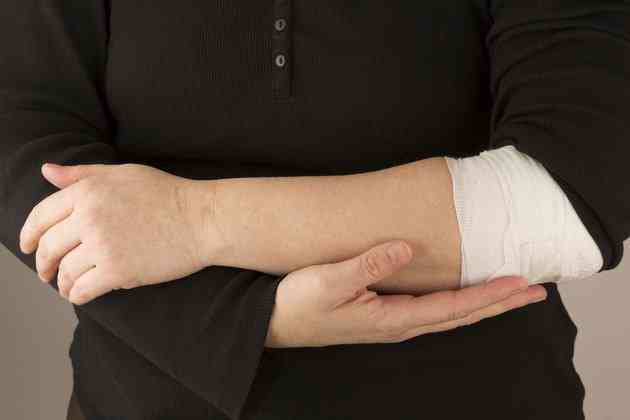For Rapid Weight Loss, How Long Should I Run on the Treadmill a Day?

Ever since it became a recognizable fitness tool in the 1960s, the treadmill has been symbolic of heroic effort toward weight loss. The depiction is valid. The treadmill definitely can help you to speed up your weight loss.
 Treadmills have been a symbol of weight loss since the 1960s. (Image: shulgenko/iStock/Getty Images)
Treadmills have been a symbol of weight loss since the 1960s. (Image: shulgenko/iStock/Getty Images)The amount of time you must spend on a treadmill to drop weight fast depends a lot on how much you can can reduce your calorie intake, and somewhat on your own body composition. But if for some reason you're intent on losing a lot of weight by treadmill alone, you might want to invest in a home model -- because you're going to be spending a lot of time on it.
Read More: What Causes Burning in the Chest When Walking on the Treadmill?
Fat Burning 101
In order to lose a pound of weight, you need to burn 3,500 more calories than you consume. If you're committed to "rapid" weight loss, it's good to keep in mind that the National Institutes of Health along with other major health organizations regards two pounds as the most weight you safely can lose on a weekly basis.
Lose weight much faster than that and you might shed fat instead of muscles, as well as risk dehydration, gallstones, malnutrition and a host of other miseries. Plus, rapid weight loss is often unsustainable and leads to rapid regain.
At any rate, to lose two pounds a week, you'll need to create a deficit of 1,000 calories a day. By far the most effective way to do this is by diet and exercise together.
Theoretically you could do this solely by running on a treadmill, but you wouldn't have much time for anything else. Rounding out your workout to include resistance training with weights will burn a few calories, boost your metabolism and cause you to burn more calories even when resting. But realistically, it's hard to lose a significant amount of weight by exercise alone.
Most people need to knock a minimum of 500 calories or more a day off their food and drink intake. You can easily accomplish this by swapping out one meal a day for something like a vegetable smoothie or a small salad, then make up the rest of your 1000-calorie deficit on the treadmill.
 A diet rich in fruits and vegetables combined with treadmill running will boost your weight loss efforts. (Image: Wavebreakmedia Ltd/Wavebreak Media/Getty Images)
A diet rich in fruits and vegetables combined with treadmill running will boost your weight loss efforts. (Image: Wavebreakmedia Ltd/Wavebreak Media/Getty Images)Making a Run for It
As common sense indicates, the number of calories you burn running on a treadmill depends on a number of variables: the speed, incline, duration and body composition of the runner.
To get a baseline idea, consider that a 6-foot, 180-pound, 35-year-old male will burn about 410 calories in a half hour of running at 6 mph, according to healthstatus.com. (The more you weigh, the more calories you burn when exercising.) Running at 6 mph is a good clip, but not a sprint. That puts him at almost half the calorie deficit he needs to lose at a rate of two pounds per week.
So if you're actually up to running (as opposed to _walking_) then a mere 40 minutes or so on the treadmill a day can achieve half the calorie deficit you need to achieve your goals.
However, it's important to note that if you've been sedentary, then launching into 40 minutes of stone cold running makes you highly prone to injury. It's also setting the achievement bar pretty high. For that matter, 40 minutes of running a day is a bit aggressive if you don't back off for injuries or cross-training, even if you're in shape. It's better to shoot for lower, sustainable goals.
Kick It Up a Notch with HIIT
It might sound counter-intuitive, but running fast in short spurts burns up more calories than running the same amount of time at your peak pace. Known as high intensity interval training, this principle applies to running and other kinds of exercise. So if you've got limited time for exercise, this does it faster and better.
There are no fixed parameters, but HIIT involves bursts of high-intensity effort followed by equal or longer periods of rest. For example, 1 minute of fast running followed by 2 to 4 minutes of walking.
A 2014 report in the journal Applied Physiology, Nutrition, & Metabolism found that 20 minutes of HIIT yielded the same metabolic benefits as 50 minutes of steady cycling. In addition to sending calories packing, HIIT improves cholesterol and blood sugar levels.
Read More: Beginner Treadmill Workout for Weight Loss




